International
With its top unheaded, Hamas seeks new leadership in the middle of the war in Gaza

“Sinwar’s death will not end the resistance or the cause,” Hamas assured by confirming that the top leader of the movement died last week in clashes with Israeli troops in Rafah, south of the Gaza Strip.
The group then said that the Shura Council, its highest advisory body, would meet in the coming days to elect the new head of the political bureau to replace Sinwar, who in turn in August replaced In that position Ismail Haniyeh, eliminated in Tehran in an attack attributed to Israel.
However, Hamas sources have pointed out to EFE the possibility of postponing that decision to March, when internal elections are planned; and delegating the leadership to a five-member steering committee, which will assume the strategic political and military decisions.
“The next step is still under consultation in the direction of the movement. No decision has been made,” a source from the Hamas political bureau told EFE.
It is not the first time that Hamas has faced the assassination of its leaders, but its internal mechanisms are designed to make the movement survive above specific personalities.
The figures that follow in the first line are:
– Jaled Meshaal: One of the vice presidents of the Hamas political bureau, a body that he already led between 1996 and 2017, when he was succeeded in office by the head of the movement within the Strip, Ismail Haniyeh. That transfer marked the transfer of power from the leaders abroad to those inside Gaza (two years later Haniyeh moved to Qatar).
Born in the West Bank in 1956, he has lived in exile since 1967, when his family fled to Jordan in the Six-Day War. He then moved to Kuwait, where he joined the Muslim Brotherhood. A two-month tour in 1975 through Palestinian lands imbued him with patriotic feelings and he is one of the founders of Hamas in 1987.
He survived a poisoning assassination attempt in Amman by Mossad agents in 1997, by order of Benjamin Netanyahu. With Meshaal in a coma, the King of Jordan demanded the antidote under threat of breaking relations with Israel and trying his spies. Netanyahu had to give in after Bill Clinton’s intervention.
He has lived in Syria, Qatar and Turkey, and is the main representative of Hamas among the Palestinian exodus. With the murders of Haniyeh and the vice president of the political bureau, Saleh al Arouri – last January in Beirut – Meshaal remains the strongest figure of the group abroad.
–Jalil al Hayya: He was Sinwar’s right hand in the political branch within the Strip. After his appointment as president of the group in August, Al Hayya replaced him as head of Hamas in the enclave and occupies one of the three vice presidencies of the office, which corresponds to leaders from within Gaza.
In 2006 he led the Hamas bloc in the defunct Palestinian Legislative Council. He is a prominent supporter of the armed struggle against Israel and has survived several assassination attempts, the most serious in 2007, when an attack on his house in the northern Strip killed several of his relatives.
It was he who, the day after Israel announced Sinwar’s death, confirmed the news on behalf of Hamas, which can augur a prominent role.
– Mohamed Sinwar: He is the younger brother of Yahya Sinwar and a prominent commander of the al Qasam Brigades, the armed arm of Hamas. Before the death of several commanders during the war – including their military chief, Mohamed Deif, and his ‘number two’, Marwan Issa – he assumed military command of the southern half of the Strip, from Nuseirat to Rafah.
He grew up in the ranks of the Hamas military wing since the nineties, when he was a teenager, in the shadow of his brother. Although his leadership is on the military level, the current war context leaves him a wide margin of decision and autonomy. It is one of the “most sought after” by Israel.
– Musa Abu Marzouk: He is a member of the political bureau and, together with Haniyeh, promoted a pragmatic approach in negotiations with Israel for a ceasefire. In the 1990s, when he resided in the United States, he was arrested for raising funds for the armed wing of Hamas, and then remained in exile in Jordan, Egypt and Qatar.
– Izz ad Din al Haddad: He was the commander of the Gaza City Brigade when the war began, but now he holds military command of the entire northern part of the enclave. Together with the little Sinwar, he is in charge of continuing the “war of attrition” against Israel and co-directing military operations.
– Zaher Jabarin: He was from the circle close to Sinwar and Haniyeh. Handles the financial affairs of the group. Before he participated in military activities, so he was arrested by Israel and released in 2011 in the same exchange of more than a thousand prisoners for soldier Gilad Shalit, in which Sinwar was also released from prison.
International
Colombia: Search continues for missing limb of italian scientist found dismembered
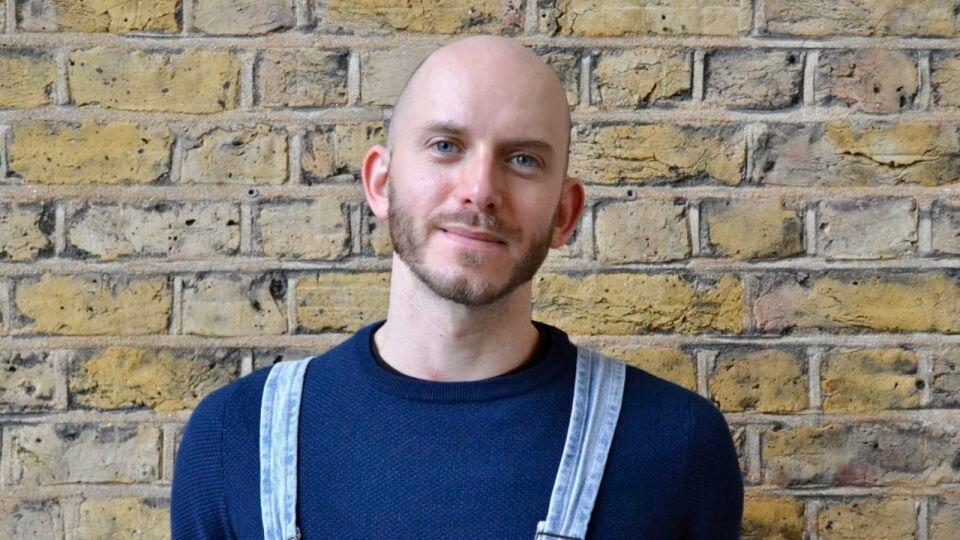
Rescue teams and Colombian authorities continued their search on Tuesday for the missing left leg of Italian biologist Alessandro Coatti, whose dismembered body was found in the Caribbean city of Santa Marta.
Coatti, 42, was a molecular biologist who had been traveling through South America after working for eight years at the Royal Society of Biology (RSB) in London.
He had been staying in a hotel in Santa Marta since April 3 and was later reported missing. His dismembered body began to be discovered on April 6, when parts were found inside a suitcase abandoned near a football stadium in an area known as Bureche.
“We’re conducting the search along the riverbanks and in the water to identify possible spots where, due to the river’s current, the missing left leg might be located,” Karlotz Omaña García, director of the Magdalena Civil Defense, told The Associated Press. Despite covering a 500-meter radius, the limb was not found.
Authorities have not named any suspects or shared possible motives. A reward of more than $11,000 has been offered for information leading to those responsible for the foreign scientist’s murder.
Police continue to reconstruct Coatti’s final movements. According to Colonel Jaime Ríos, head of the Santa Marta Metropolitan Police, the Italian biologist arrived in Colombia in January and had visited several locations, including Medellín, before traveling to Santa Marta.
Security footage shows Coatti was in downtown Santa Marta the night before his body was found, the colonel added.
Santa Marta, a popular Caribbean tourist destination, is known for its clear beaches. Police believe Coatti may also have visited Tayrona Park, a protected coastal area located about 34 kilometers (21 miles) from the city center.
International
MPV Denounces Electoral Blockade as Secretary-General is Disqualified for May Elections
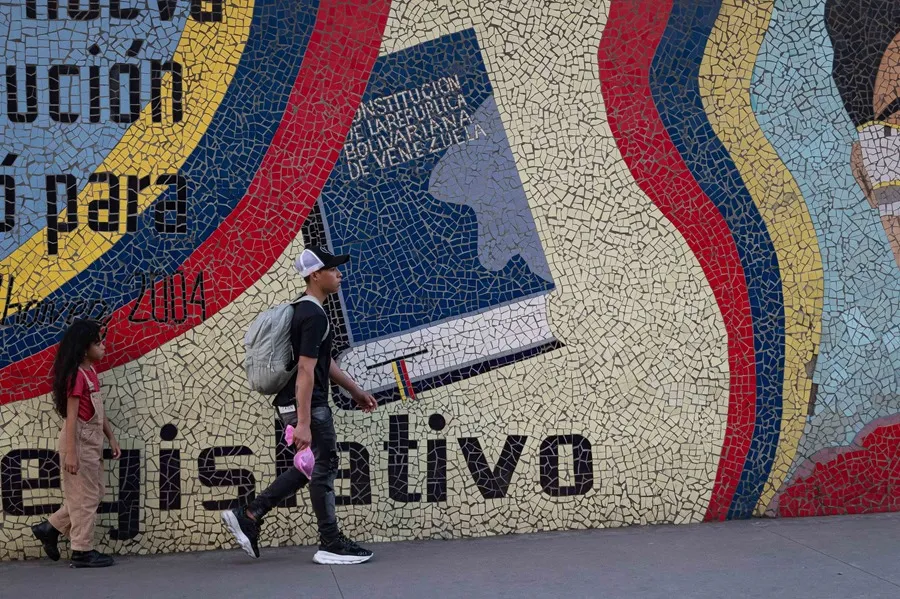
The anti-Chavista party Movement for Venezuela (MPV) denounced on Monday that it was “prevented” from submitting its candidates for the regional and legislative elections on May 25, elections rejected by opposition leaders Edmundo González Urrutia and María Corina Machado.
“MPV, being an active and recognized party in the National Electoral Council (CNE), was prevented from submitting candidates for the current electoral process,” stated the political group through a communiqué on X.
Additionally, the group denounced that its Secretary-General, Simón Calzadilla, was “suddenly disqualified,” as the opposition leader warned last Friday. He also explained that he attempted to access the CNE’s automated candidate submission system but, as he added, the portal showed that he was not authorized to create a user and submit the MPV candidates.
For the party, its “strong decision” to participate in the May elections “highlighted the true nature of this electoral process,” which it described as “extremely flawed.”
International
Maduro Plans Major Workers’ March on May 1st to Defend Venezuela’s Freedom
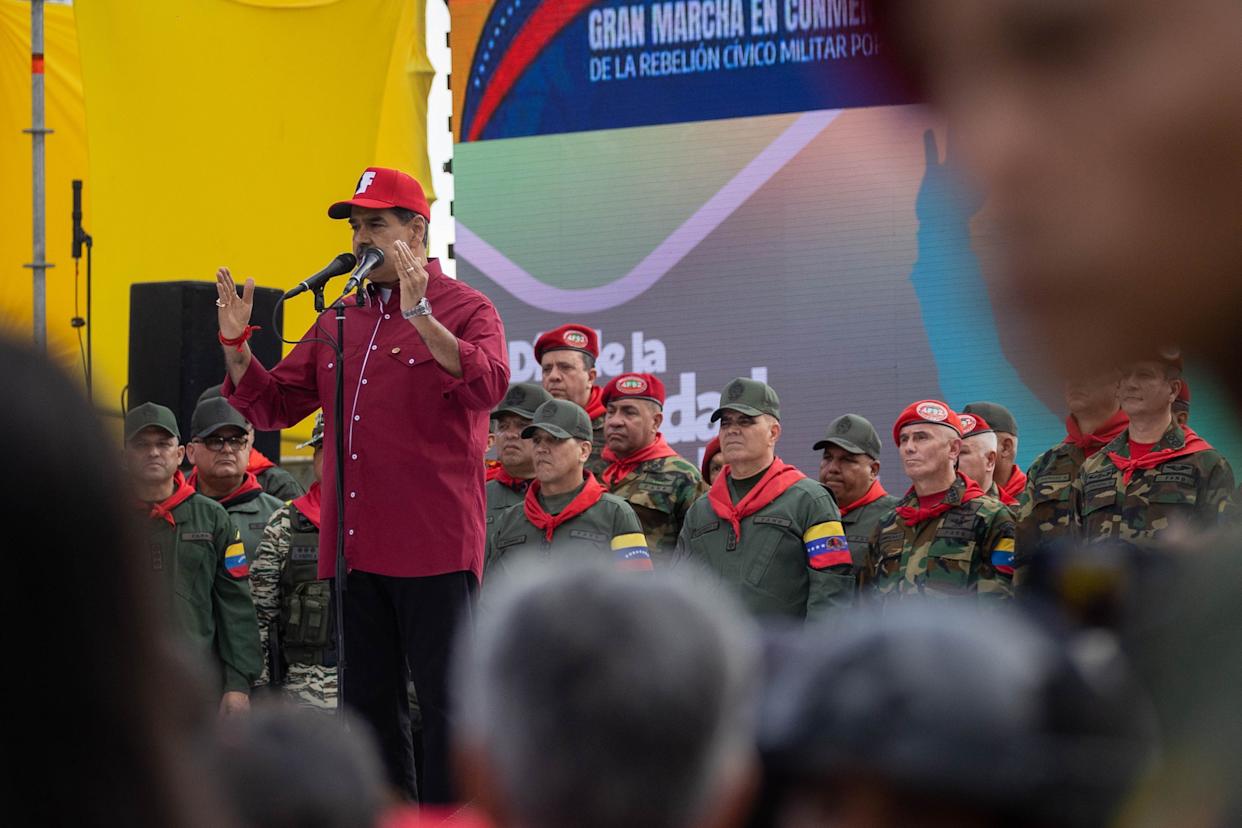
Nicolás Maduro, who swore in for a third term in January following his controversial re-election, called on Monday for the “working class” and the “armed people” to gather for a concentration on May 1st for peace, as part of the celebration of International Workers’ Day.
“Let’s have a powerful march of the working class, the combat bodies, and the Bolivarian National Militia in all the cities of the country, from end to end, working class and armed people in the streets shouting for peace,” said the chavista leader in a broadcast on the state channel Venezolana de Televisión (VTV), surrounded by military authorities.
He also stated that Venezuela is more armed than “ever” to “defend the sacred dream of a free homeland, the sacred soil of a heroic land, Venezuela.”
Maduro called on all military personnel to “stay in shape” with a “deployment capacity” and also to have “a very clear view of the entire national territory.”
-
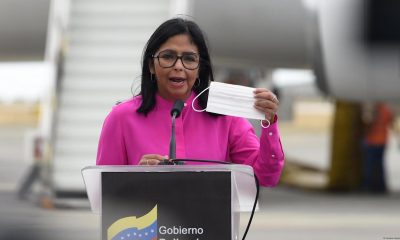
 International3 days ago
International3 days agoVenezuela accuses Guyana of “warlike intentions” after UK defense deal
-
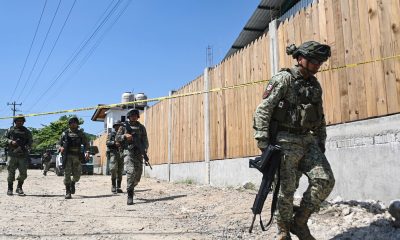
 International4 days ago
International4 days agoTrump Authorizes Military to Take Control of Federal Land Along U.S.-Mexico Border
-
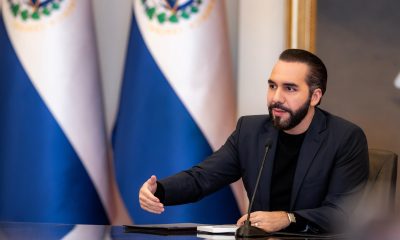
 Central America4 days ago
Central America4 days agoSpanish Ex-Congresswoman Calls for ‘Bukele-Style’ Security Policies in Europe
-
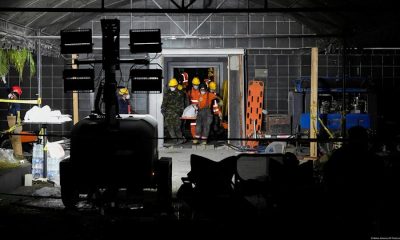
 International3 days ago
International3 days agoNightclub Collapse in Dominican Republic Claims 226 Lives
-
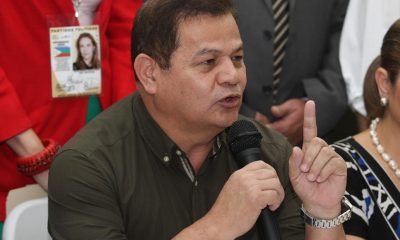
 Central America1 day ago
Central America1 day agoHonduran Police Offer $135K for Tips Leading to the Arrest of Romeo Vásquez
-

 International1 day ago
International1 day agoMaduro Plans Major Workers’ March on May 1st to Defend Venezuela’s Freedom
-
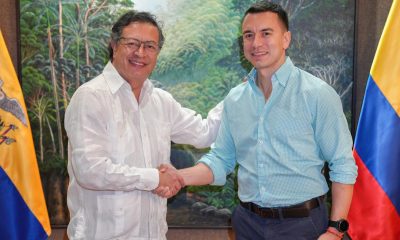
 Central America14 hours ago
Central America14 hours agoPetro questions Ecuador’s vote, cites reports of military control and arrests
-
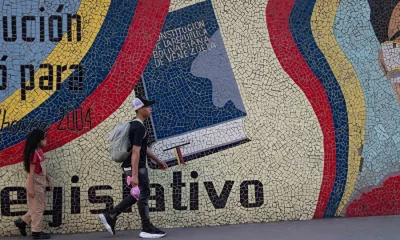
 International1 day ago
International1 day agoMPV Denounces Electoral Blockade as Secretary-General is Disqualified for May Elections
-
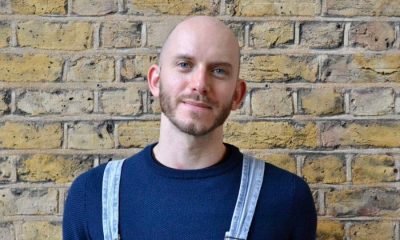
 International13 hours ago
International13 hours agoColombia: Search continues for missing limb of italian scientist found dismembered















